Homemade Mango Yogurt Popsicles
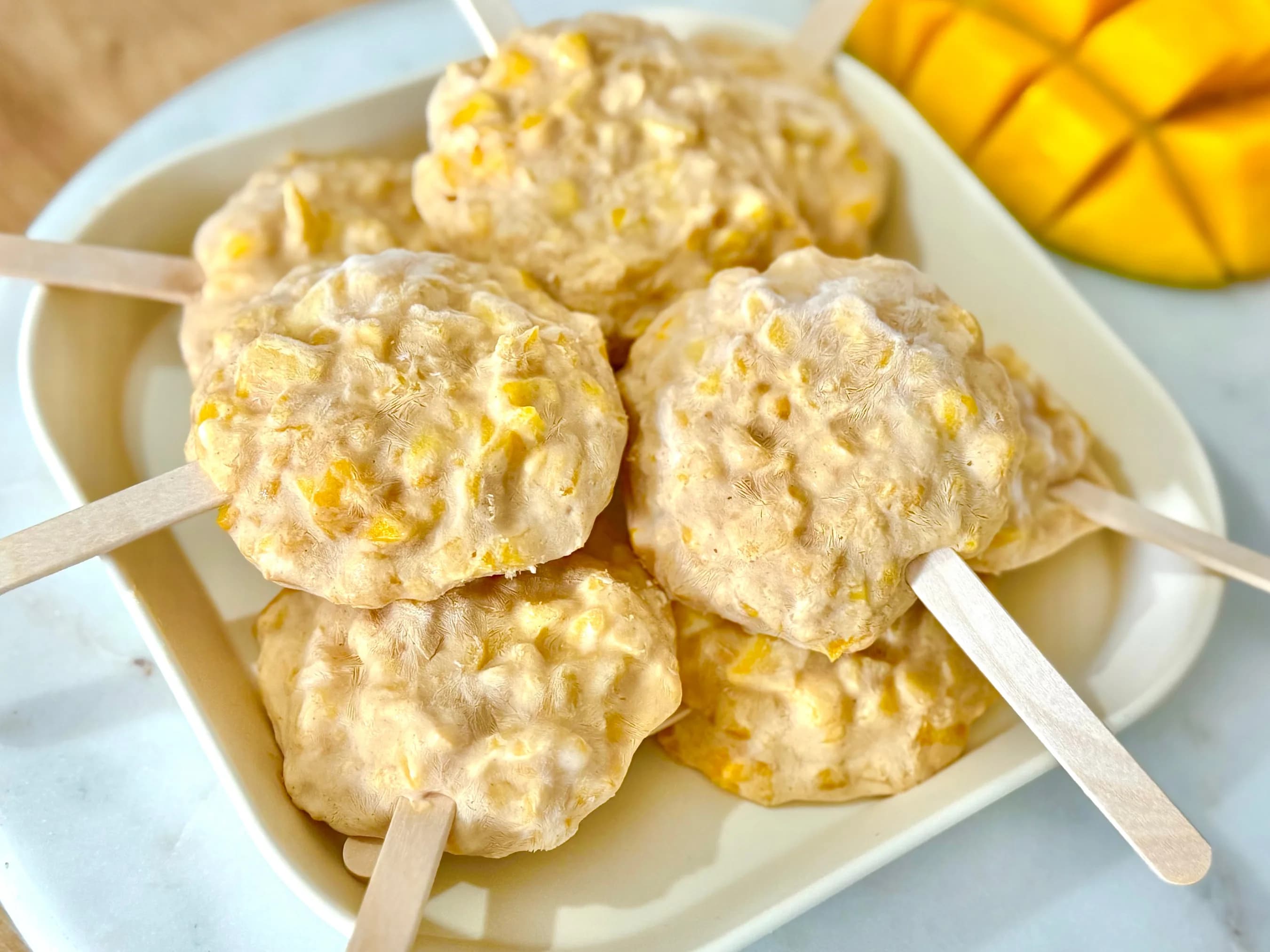
Written by Kenny Ekerin
Fact Checked by Mindsmaking Professionals
30th, July, 2025
This post may contain affiliate links. Please read our disclosure policy.
Creamy, naturally sweet, and packed with goodness, these mango yogurt popsicles are a refreshing freezer snack for babies, toddlers, and grown-ups alike. No added sugar, no fuss, just pure joy
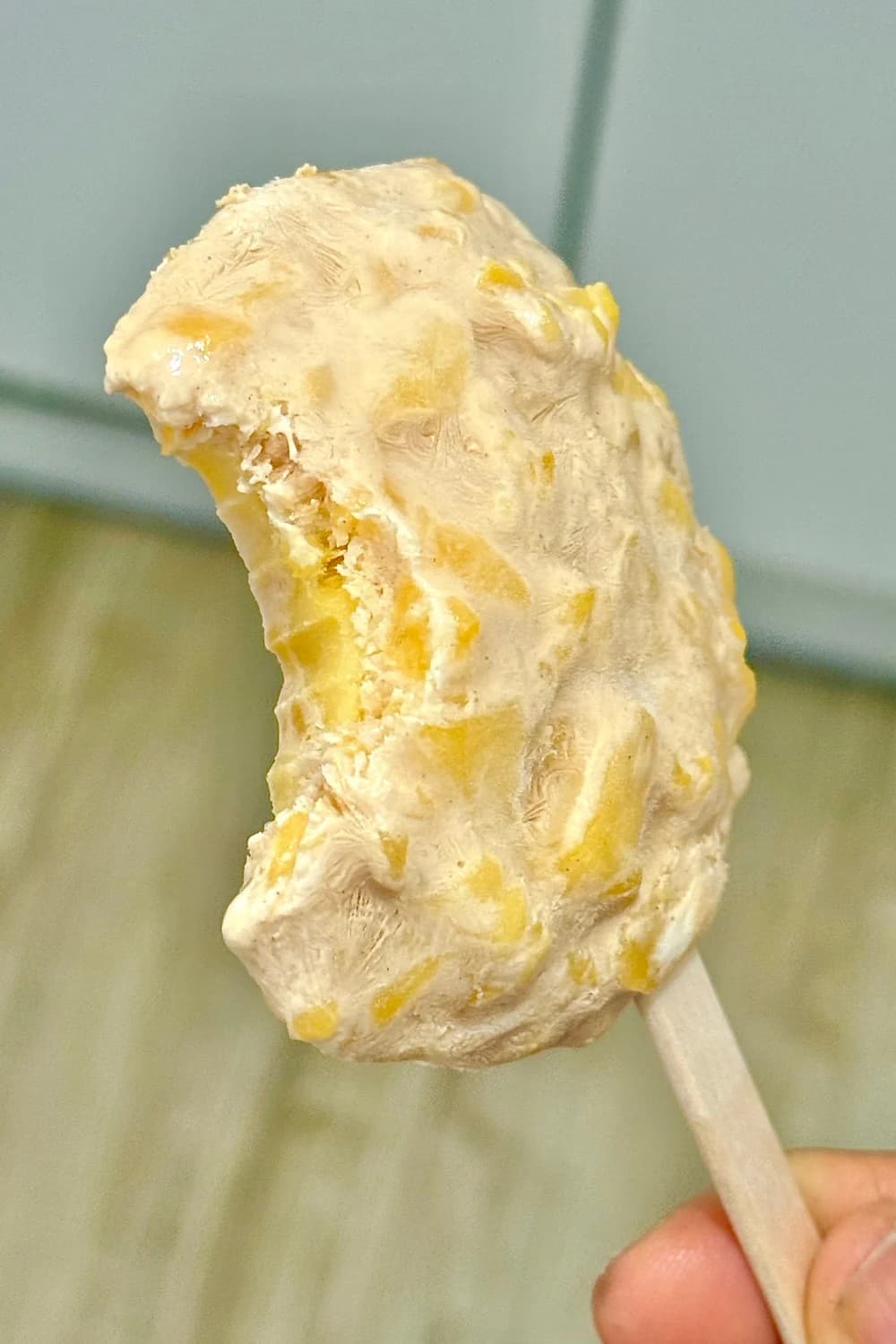
On hot days, children just need a little something cool, and these mango yogurt popsicles are just the right snack. They're creamy, naturally sweet, and made with just a handful of wholesome ingredients you likely already have at home. Think of them as frozen fruit-and-yogurt cups on a stick; simple, nourishing, and a total child-pleaser.
Perfect for teething relief, summer snacks, or just adding variety to your little one’s routine, this recipe is loved by all ages. From baby-led weaning beginners to picky toddlers and health-conscious parents, these homemade popsicles are a refreshing way to serve up fruits and probiotics with no added sugar required.
Why You'll Love This Treat
- Perfect for babies, toddlers, and adults alike
- Naturally soft, easy to chew, and great for self-feeding
- Packed with fiber, vitamins, and antioxidants
- Freezer-friendly and easy to prep ahead
- Customizable for food allergies or dietary preferences
- A sneaky way to add fruit and probiotics to your child’s plate, without the struggle
Prep time - 6 minutes
Cook time - no cook
Yields - 8 popsicles
How To Make These Homemade Mango Yogurt Popsicles
Ingredients
- 1½ cups frozen mango, cubed
- 1 cup plain yogurt (Greek or regular)
- 2 tablespoons date syrup
- 1 teaspoon vanilla extract (optional)
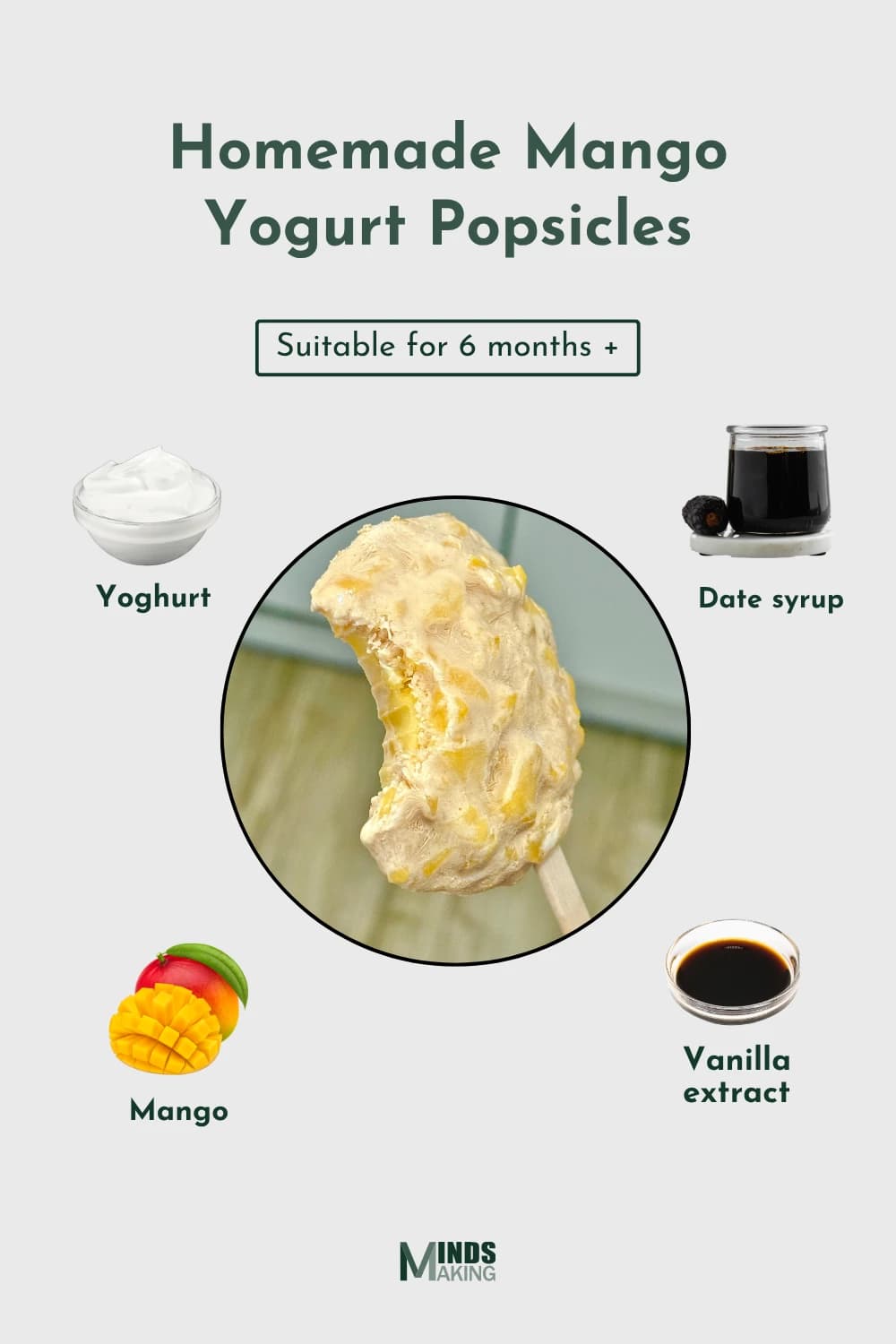
Read This Next

Recipe Ebook
Essential Guide to Starting Solids for Babies 6 Months+ - LBH Top 70 Baby Puree & Porridge Recipes eBook.
Start your baby’s solids journey with confidence using this "70 Baby Purees & Porridges" eBook! Created with care, this digital guide is packed with nutrient-rich recipes for babies 6 months and older, including purees and porridges tailored to each stage of your baby’s development.
Instructions
1.Chop the mango
Finely chop the frozen mango on a cutting board. It doesn’t need to be perfect—just small enough to stir easily into the yogurt mixture.
2. Mix it all
In a bowl, combine the chopped mango, yogurt, date syrup, and vanilla (if using). Stir until everything is well combined and creamy.
3. Shape your pops
Line a tray with parchment paper. Spoon 8 even dollops of the mixture onto the tray, shaping them into rough oval or circular mounds. A popsicle mold can be used for this process as well.
4. Add the sticks
Gently insert a popsicle stick into the center of each mound. Cover the base of the stick with a little extra mixture to help it stay in place. Smooth the tops with the back of a spoon.
5. Freeze
Place the tray flat in the freezer. Let the popsicles set for at least 4–6 hours, or until completely frozen solid.
6. Transfer & Store
Once frozen, move the popsicles into an airtight container or freezer-safe bag. They’ll keep well for up to 3 weeks, making them perfect for grab-and-go snacking.
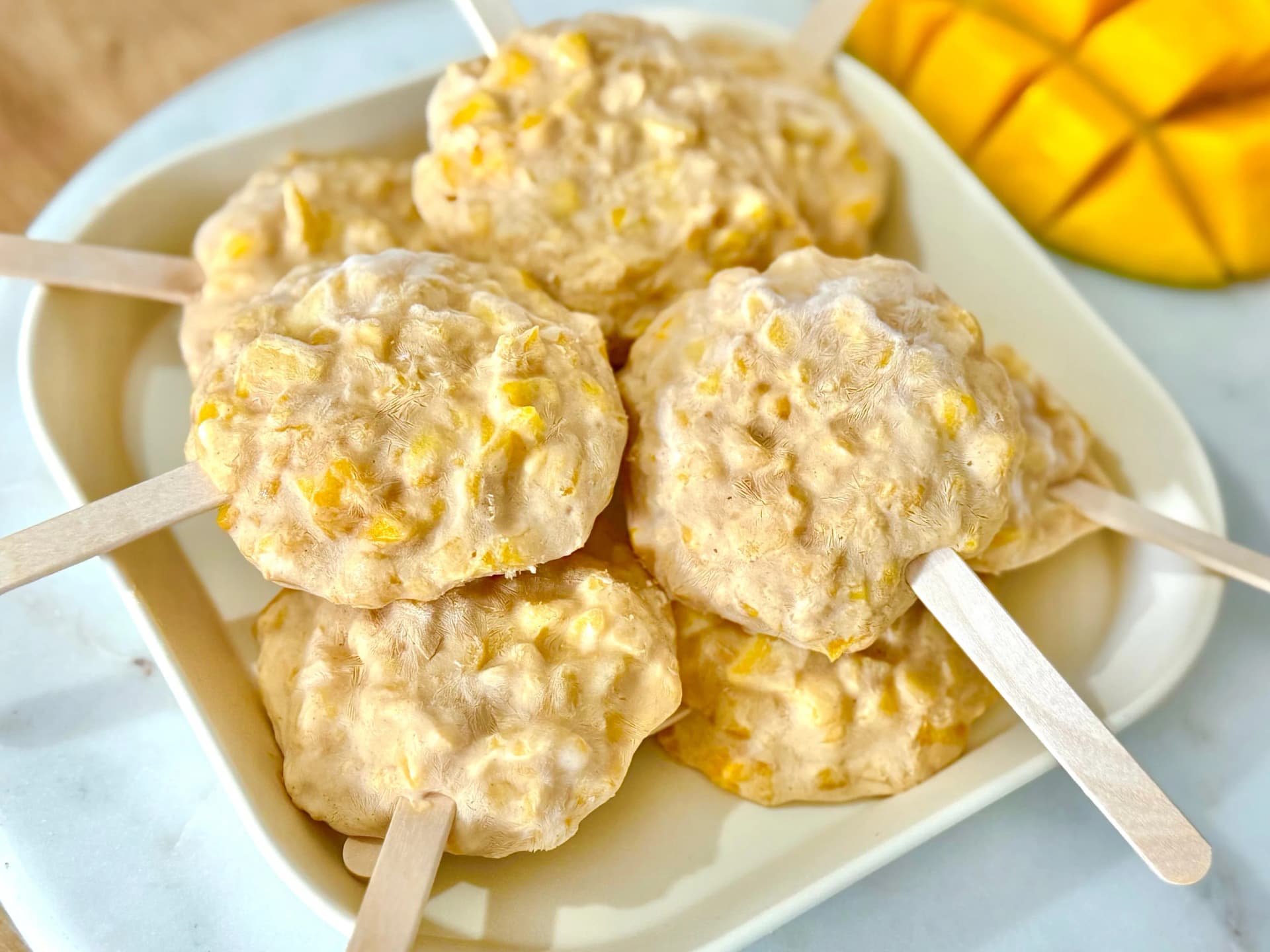
Tips For Success
Use Full-Fat Yogurt
Full-fat yogurt is ideal for babies who need more dietary fat to support brain development. Greek yogurt in particular adds a thick, creamy texture that freezes well and provides a satisfying bite for toddlers. Plus, it helps the popsicles hold their shape once frozen.
Chop Mango Finely (if not blending)
If you're not using a blender, be sure to finely dice the mango. Larger chunks can freeze too solidly and become difficult for babies to bite into. Smaller pieces distribute more evenly through the yogurt, ensuring each bite is smooth, baby-safe, and flavorful. If your child prefers very smooth textures, consider blending the whole mixture instead.
Double Up Over the Popsicle Stick
Once you insert the stick into the yogurt mound, spoon a bit more mixture on top and gently smooth it out. This “seals” the stick in and helps prevent it from loosening or falling out when the popsicle is handled. Silicone molds can also be helpful to keep the shape neat and the stick placement stable.
Freeze Flat and Spaced Apart
To avoid your popsicles merging into a single frozen block, space them out on your tray and freeze them flat. This ensures they retain their shapes and are easy to grab one at a time later. Use parchment paper or a silicone mat to prevent sticking and make cleanup easier.
Serving Suggestions
For Babies (6–9 months)
Serve small, partially thawed chunks in a bowl with a spoon. Offer the whole popsicle with close supervision as a soothing teether for sore gums.
For Toddlers
Serve alongside a bowl of fresh, soft-cut fruits like banana, peach, or ripe strawberries for a flavorful snack. You can also sprinkle with crushed oat cereal for more texture.
For Older Kids or Adults
Drizzle with a bit of nut butter for babies and toddlers, and crushed coconut or granola for added crunch for older kids and adults.
How to Store
Short-Term (1–3 Days)
After the popsicles are fully frozen (about 4–6 hours), transfer them from the tray to an airtight container or reusable silicone freezer bag. Use parchment paper between layers of stacking to prevent sticking together.
Long-Term (Up to 3 Weeks)
These popsicles store beautifully for up to 3 weeks. For best quality, avoid freezer burn by pressing out as much air as possible. Also, don’t store near strongly flavored foods (like frozen fish or onions), as yogurt can absorb odors.
Re-serving Tips
Let sit at room temperature for 2–3 minutes to soften slightly before serving to babies or toddlers. Never refreeze once thawed.
Nutrition
(Per popsicle, approximate)
- Calories: 55 kcal
- Carbohydrates: 10 g
- Protein: 2.5 g
- Fat: 1.2 g
- Saturated Fat: 0.7 g
- Polyunsaturated Fat: 0.05 g
- Monounsaturated Fat: 0.3 g
- Trans Fat: 0 g
- Cholesterol: 3 mg
- Sodium: 13 mg
- Potassium: 130 mg
- Fiber: 1 g
- Sugar: 8 g (naturally occurring + date syrup)
- Vitamin A: 540 IU
- Vitamin C: 11 mg
- Calcium: 55 mg
- Iron: 0.1 mg
Note: Nutritional values are estimates and may vary based on the type of yogurt and size of mango pieces used.
Frequently Asked Questions
Can I use fresh mango instead of frozen?
Yes. Fresh mango works well, especially if it's very ripe and juicy. However, freezing the mango chunks before chopping helps keep the yogurt mixture cool and firm, which speeds up the freezing process.
What kind of yogurt is best for babies?
Pastuerized, plain, full-fat yogurt (Greek or regular) that is unsweetened and free from artificial flavors or colors is the best yogurts for babies. Avoid flavored yogurts, which often contain added sugars unsuitable for babies under 12 months.
Can I make this recipe dairy-free?
Absolutely! You can substitute plain dairy-free yogurts made from coconut milk, almond or oat milk, and soy milk. Just check for unsweetened, baby-safe versions without added sugar or stabilizers.
Is date syrup safe for babies under one?
Yes. Date syrup is a naturally derived sweetener made from whole dates. It’s rich in potassium, magnesium, and iron. Unlike honey, it does not pose a botulism risk and is safe from 6 months+. That said, it should still be used in moderation as even natural sugars are best limited in baby diets.
How can I make the texture smoother?
If your child has just started solids or prefers smooth textures, blend the mango, yogurt, and date syrup in a blender until velvety. This helps eliminate any fruit chunks and creates a more classic popsicle consistency.
Are these popsicles helpful for teething?
Yes! Their soft, frozen texture can soothe swollen gums and offer relief during teething. Just make sure to supervise your baby while eating and offer smaller chunks for younger babies if needed.
What if I don’t have popsicle sticks?
You can use baby spoons (frozen into the popsicle as a handle), silicone ice pop molds, ice cube trays (for bite-sized pops), and reusable baby popsicle handles.
Can I add other fruits or flavors?
Yes! You can mix in Banana for added creaminess, Pineapple or peach for tropical flair and a pinch of cinnamon or cardamom for gentle flavor. Just keep ingredients soft, baby-friendly, and without added sugars or salt.
Do they melt quickly?
They may melt slightly faster than commercial popsicles because they lack emulsifiers and stabilizers. Serve immediately after removing from the freezer, and offer in small portions to avoid a mess with younger children.
Was this article helpful?
How many stars are you giving this article?
Leave a comment
Your email address will not be published.
Comments
More From Recipe
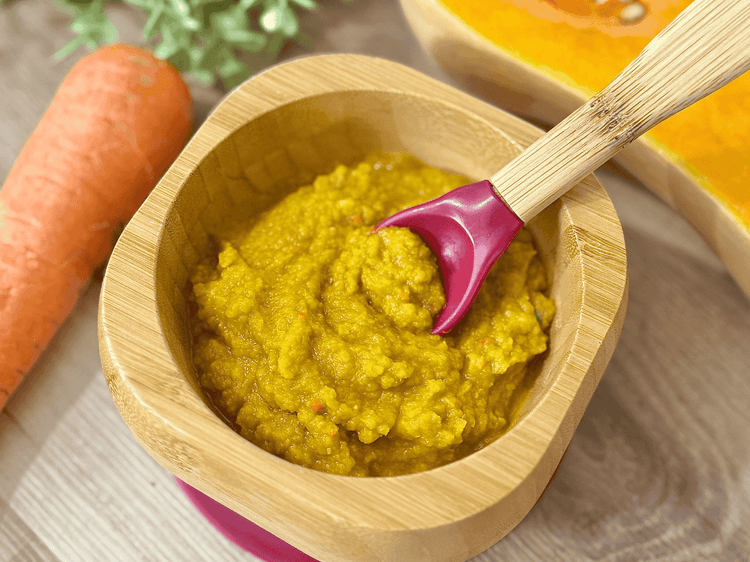
Warm Veggie Purée
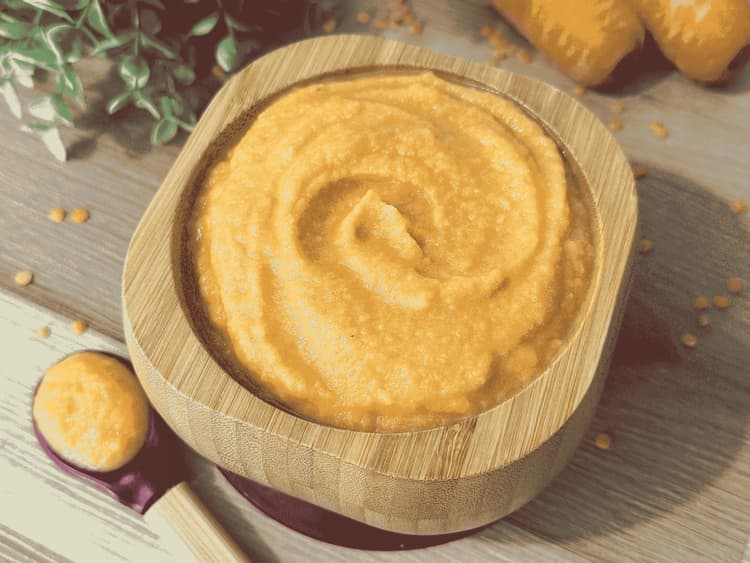
Carrot Lentil Purée
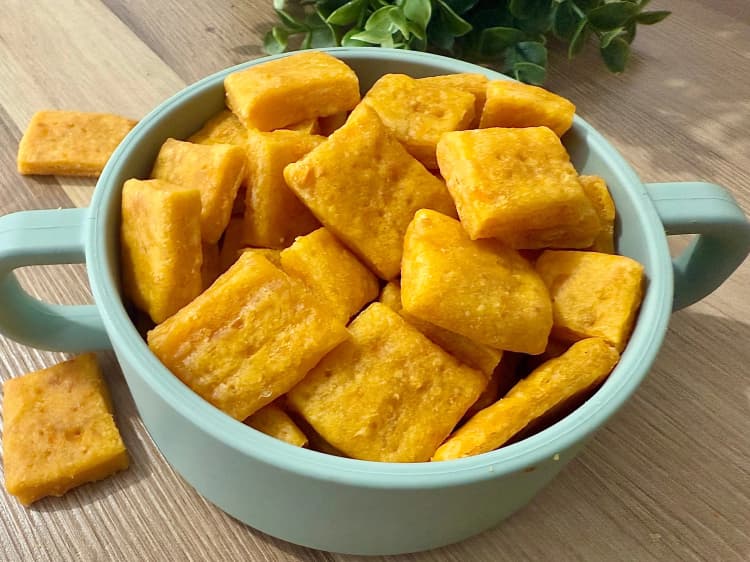
Sweet Potato Crackers

Easy Homemade Strawberry Yoghurt
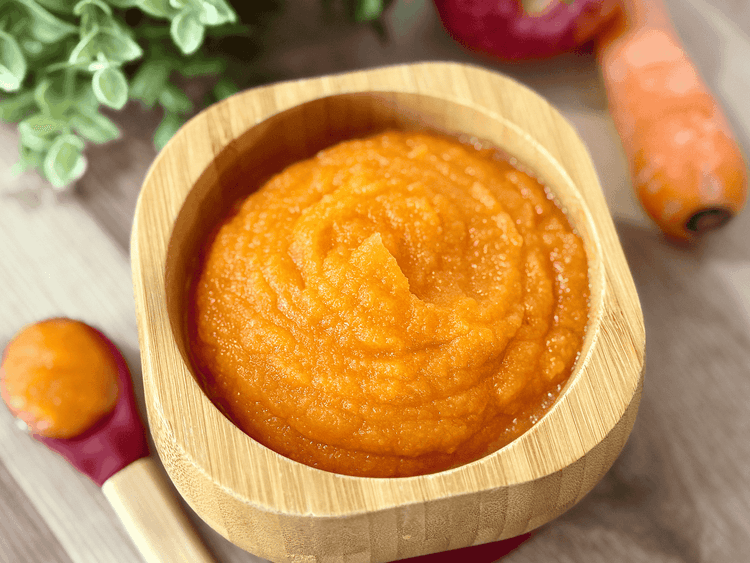
Apple Carrot Purée (Homemade Baby Food)
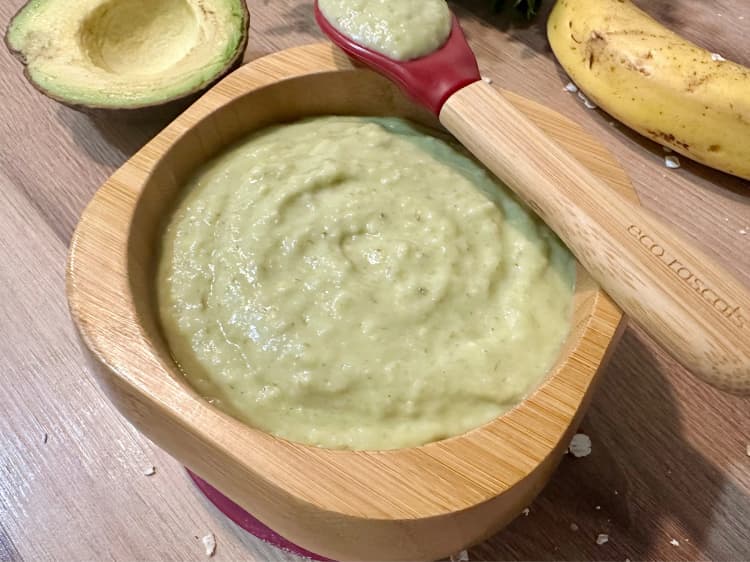
Avo Banana Oats Porridge
Get new recipes to your inbox
Subscribe to our weekly newsletter and get new recipes sent to your inbox!